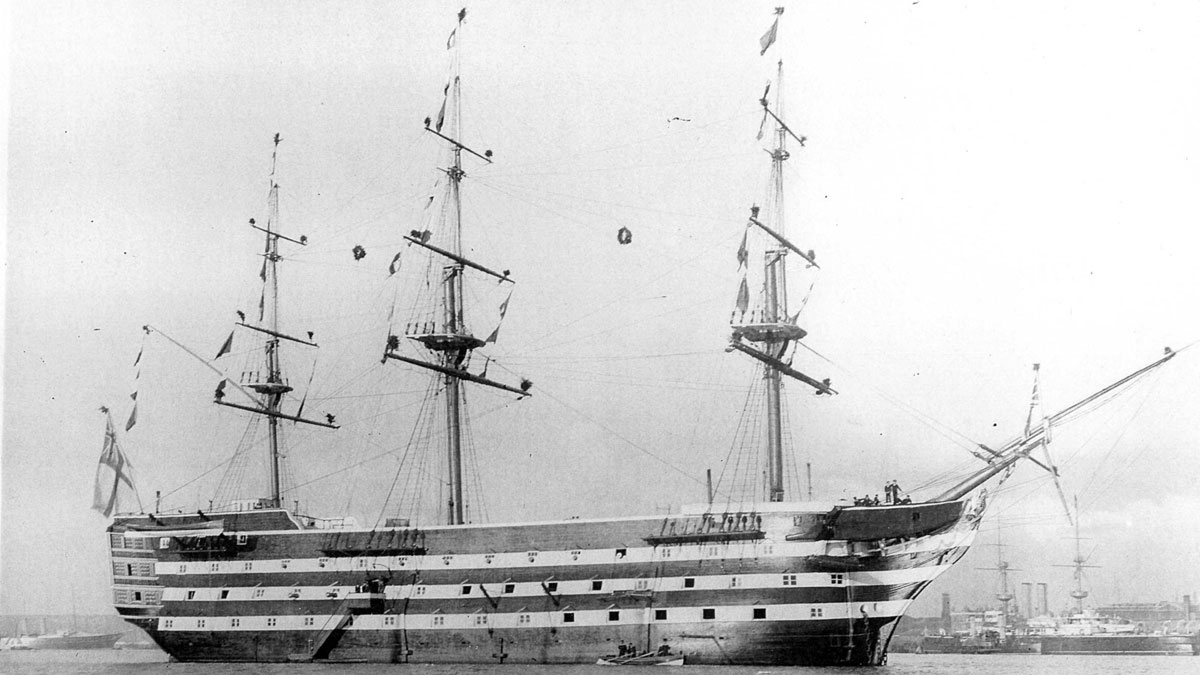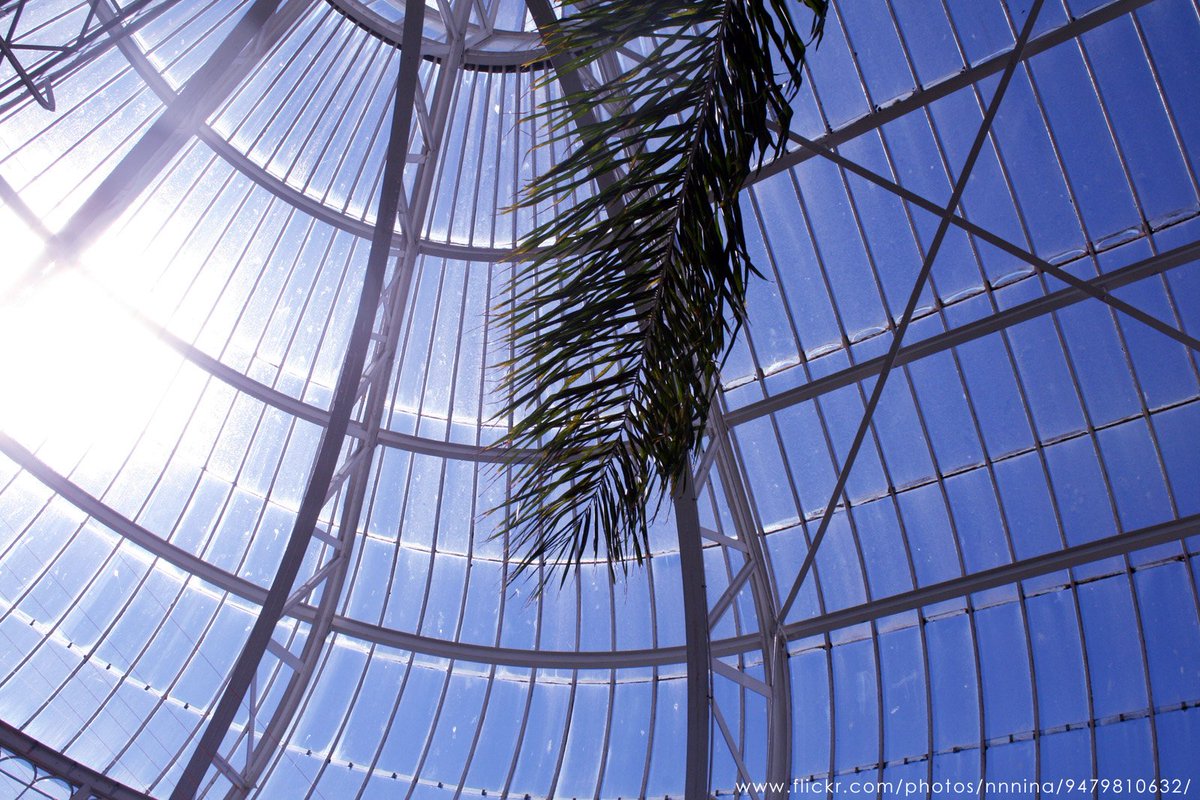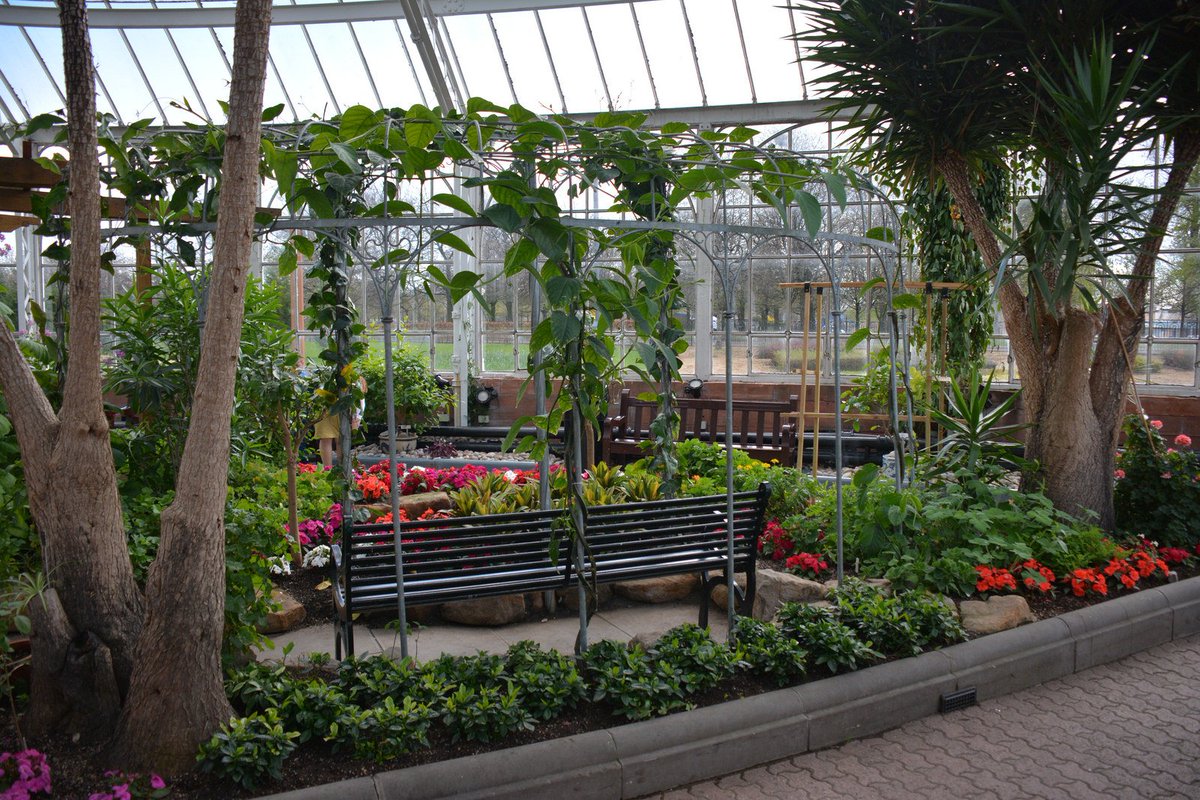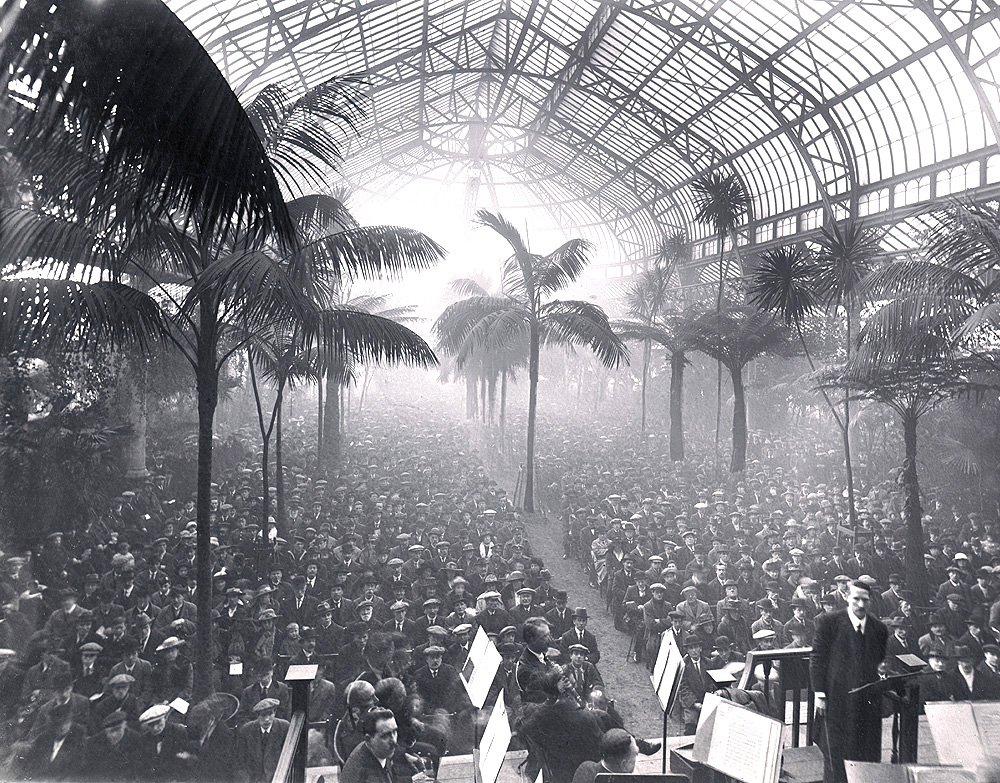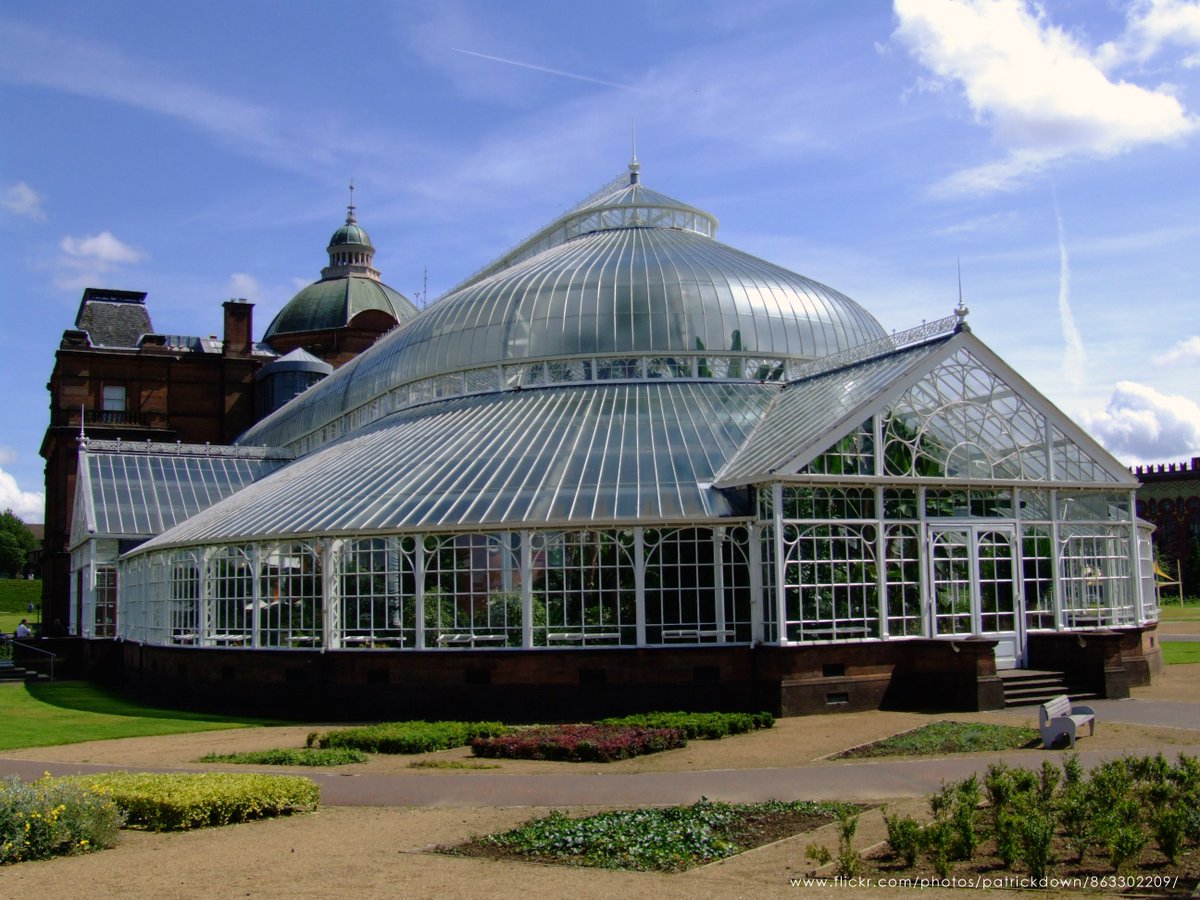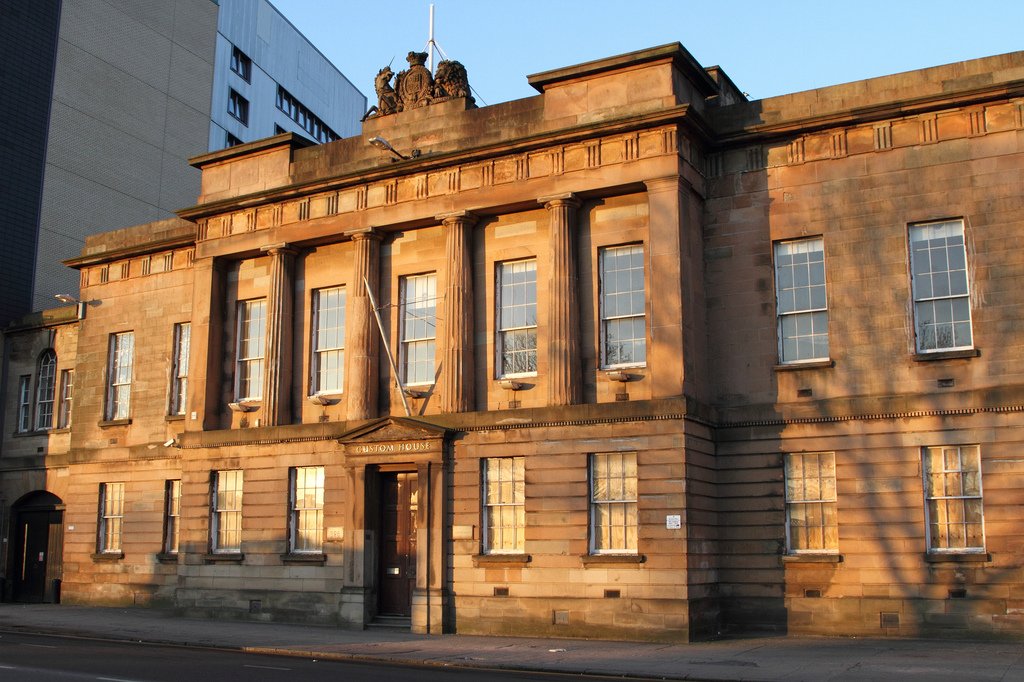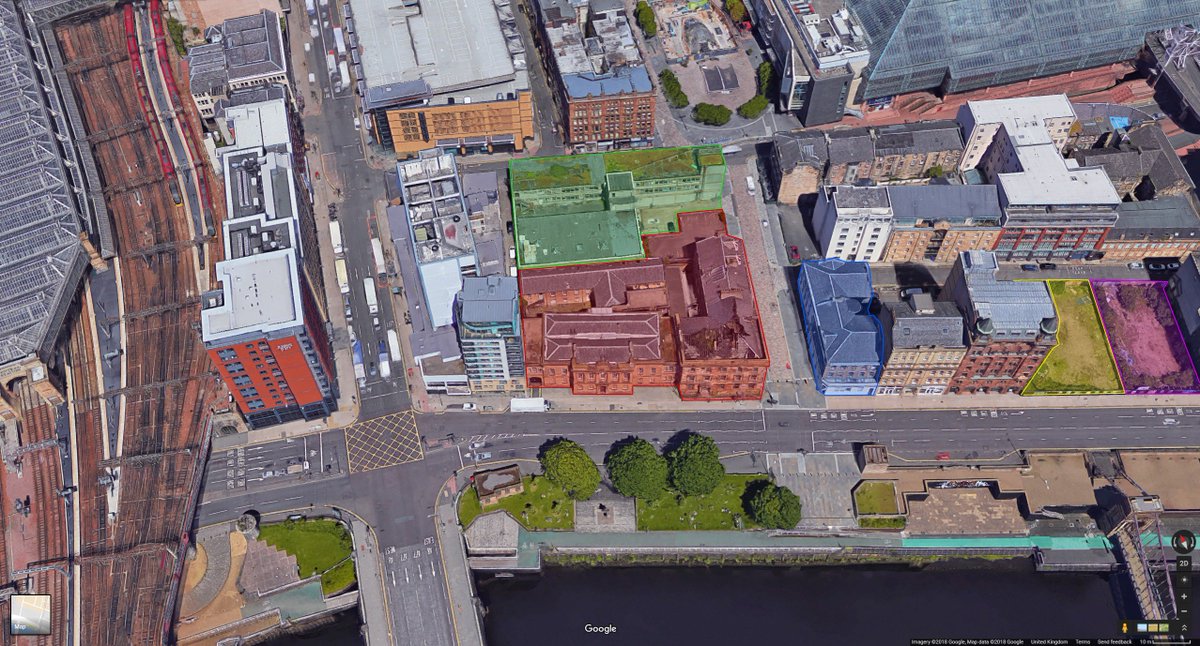You can view the Trail here:
glasgow.gov.uk/CHttpHandler.a…
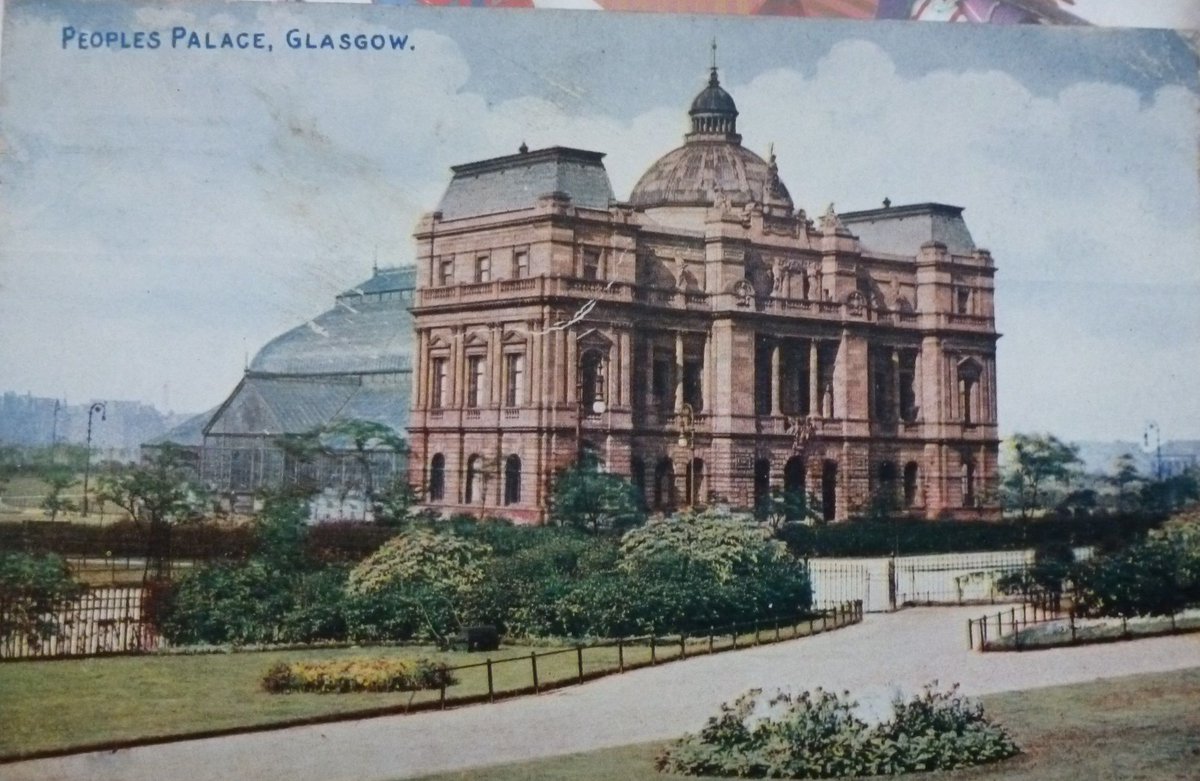
scottisharchitects.org.uk/architect_full…
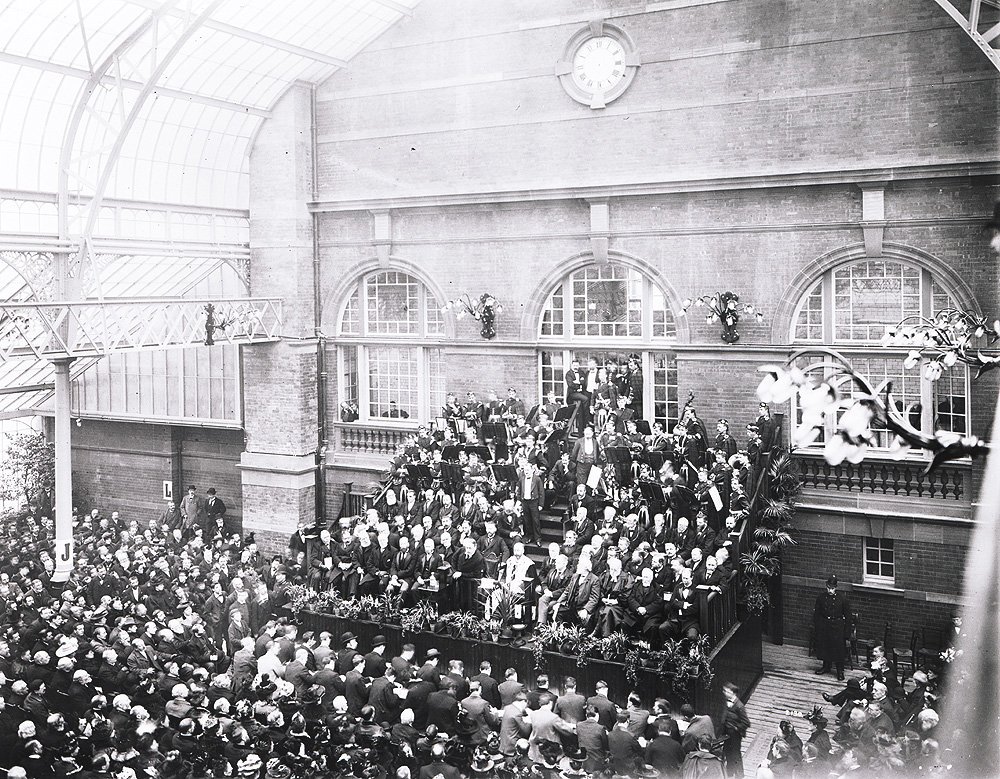
It was conceived in the 1860s and took 30 years to come to fruition. Funded through the sale of land, and tunnelling rights under Glasgow Green, rather than beneficence like with Tollcross, Springburn or the Kibble Palace.
goo.gl/maps/HGcWJ8Nt9…
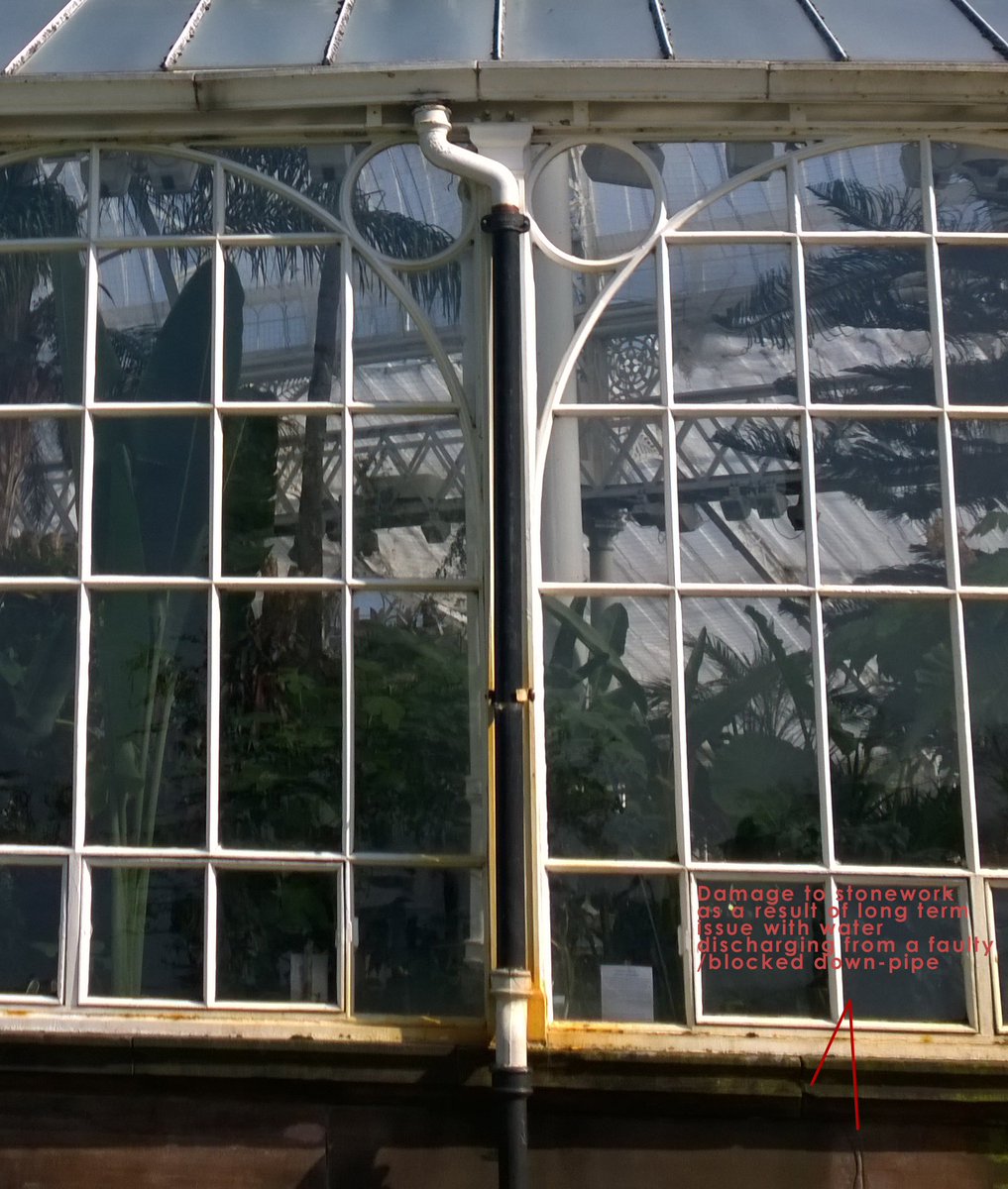
1998 Roof renewed after a fire. Life expectancy of 20 years, cost of…?
2013 Roof is effectively condemned & £140k spent on a patch job.
2016 Roof condemned again and £270k spent on netting.
£410k spent in 3 years, on a spent roof, with no plan on what to do next.
Whats the chances of a fire? About the same as in 1998.
glasgow.gov.uk/index.aspx?art…
Nonetheless… 😒
Got to mull over this new-fangled holistic approach to the city’s glasshouses for abit, figure out the role of botanical collections, expect another thread on that soon




